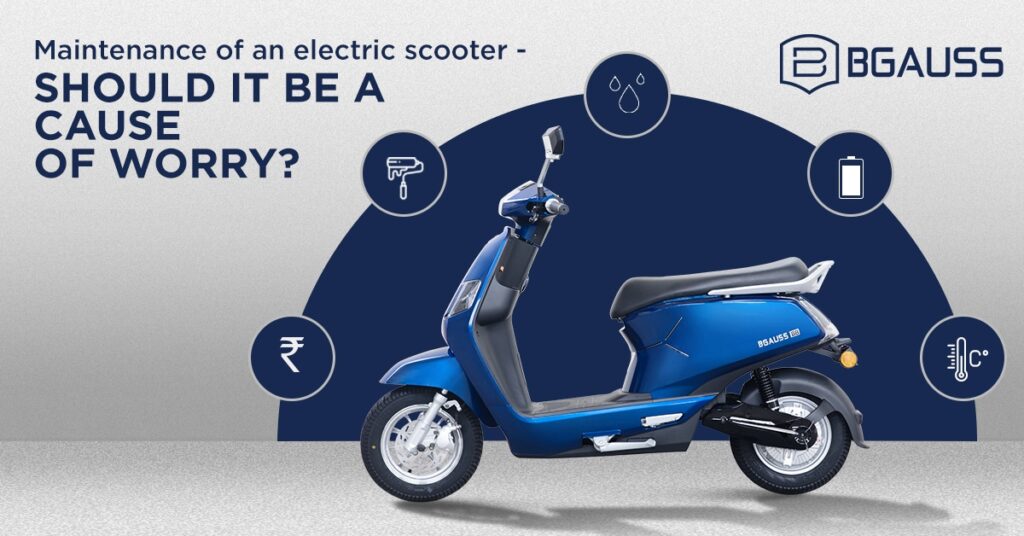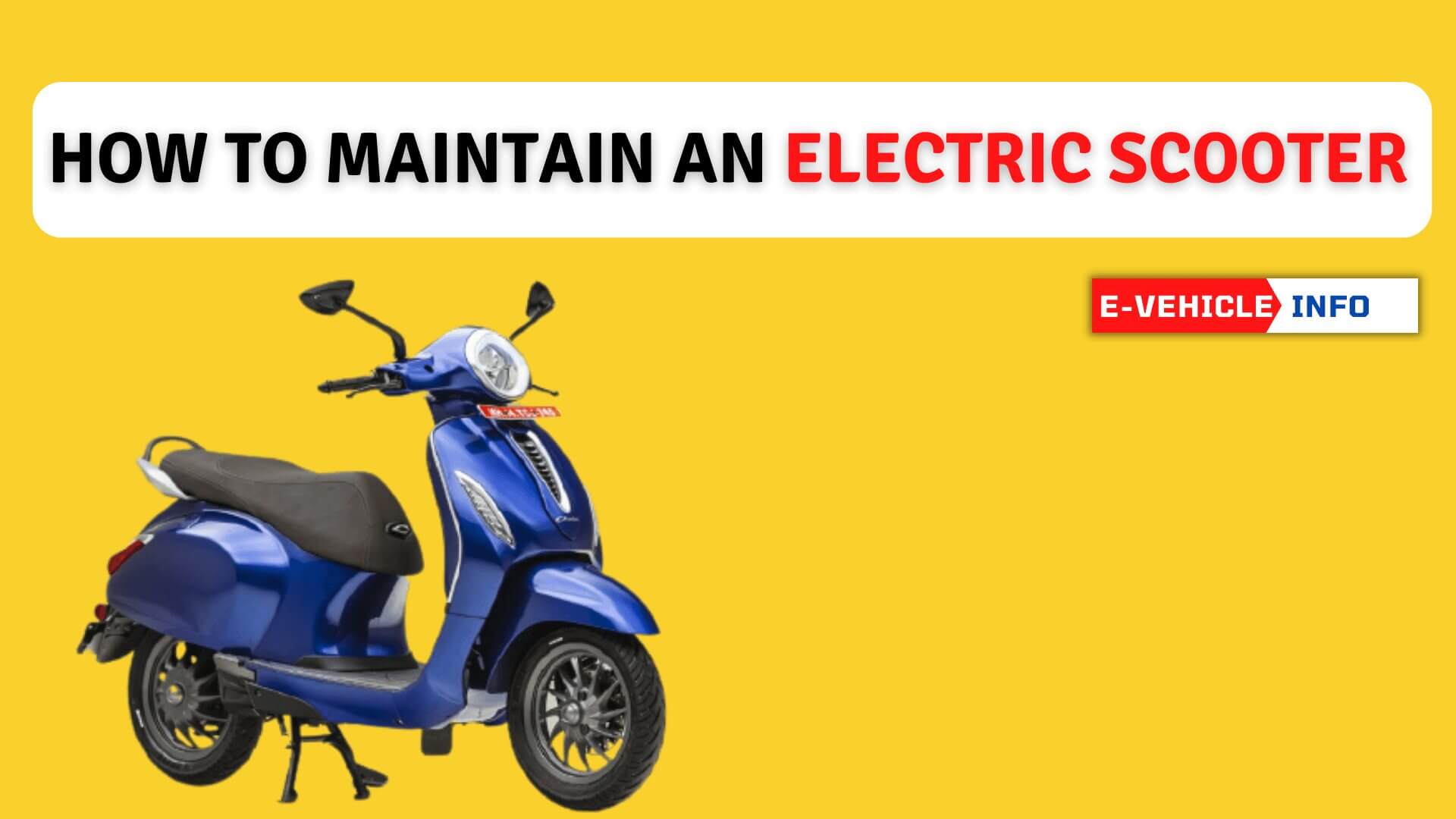Are you the proud owner of an electric scooter? If so, you’re probably enjoying the convenience and eco-friendliness it brings to your daily commute. But have you considered the maintenance requirements that come with owning one? Just like any other vehicle, electric scooters need regular care and attention to ensure optimal performance and longevity. From checking the tires to keeping the battery charged, this article will guide you through the essential maintenance tasks that will keep your electric scooter running smoothly for years to come.
Cleaning and Inspection
To ensure the longevity and efficient performance of your electric scooter, regular cleaning and inspection are essential. By keeping your scooter clean and inspecting its components, you can identify any potential issues early on and take the necessary steps to address them.
Exterior Cleaning
Start by giving your electric scooter a thorough exterior cleaning. Use a mild detergent and a soft cloth or sponge to gently wipe down the body, ensuring you remove any dirt, dust, or debris that may have accumulated. Pay special attention to the areas around the wheels and under the deck, as these tend to collect the most grime. After cleaning, use a dry cloth to wipe off any excess moisture.
Battery Inspection
The battery is a crucial component of your electric scooter, so regular inspection is vital. Check for any signs of damage or corrosion on the battery casing. Ensure that the battery connectors are clean, tight, and free from any debris. It’s also a good idea to check the battery’s voltage periodically to ensure it is within the recommended range.
Tire Inspection
Inspecting the tires of your electric scooter is important for both safety and performance. Check the tire pressure regularly and make sure it matches the recommended range specified by the manufacturer. Look for any signs of wear or damage, such as cracks or bulges, and replace the tires if necessary. Additionally, ensure that the tire tread is in good condition for optimal traction on different surfaces.
Brake Inspection
Proper functioning brakes are crucial for your safety while riding an electric scooter. Regularly inspect the brake pads to ensure they are not worn out or damaged. Check the brake cable tension to ensure it is at the appropriate level for responsive braking. Lastly, inspect the brake fluid level and color, and replace it if necessary to ensure optimal braking performance.
Battery Maintenance
Taking care of the battery is essential for maintaining the overall performance of your electric scooter.
Charging Routine
Follow the manufacturer’s guidelines for charging your electric scooter’s battery. Avoid overcharging the battery, and always use the correct charger provided by the manufacturer. It is recommended to charge the battery fully before each use to maximize its capacity.
Avoiding Overcharging
Overcharging the battery can lead to reduced battery life and performance. Once the battery is fully charged, unplug it from the charger to avoid overcharging. It is also essential to avoid leaving the battery connected to the charger for extended periods when it is already fully charged.
Storage Tips
If you plan to store your electric scooter for an extended period, it is crucial to take proper precautions to maintain the battery’s health. Store the scooter in a cool and dry place, away from direct sunlight and extreme temperatures. Before storing, ensure the battery is partially charged but not completely empty. Check the manufacturer’s recommendations for specific storage instructions.
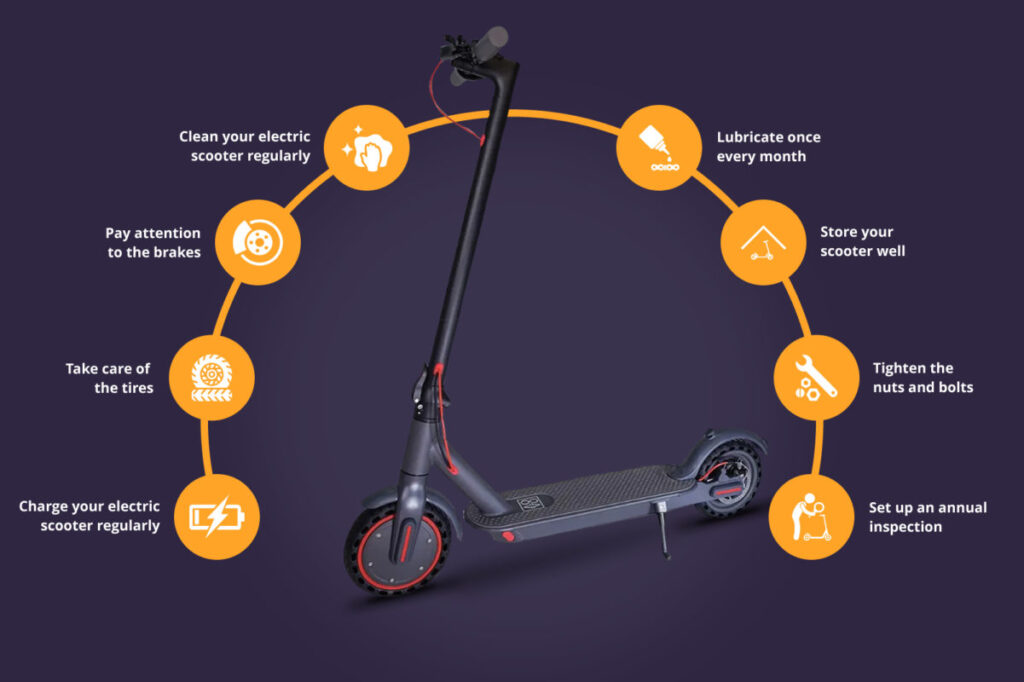
Tire Care
Proper tire care is essential for optimal performance and safety while riding your electric scooter.
Checking Tire Pressure
Regularly check the tire pressure of your electric scooter, as improperly inflated tires can affect its performance. Use a reliable tire pressure gauge to ensure the tires are inflated to the recommended range specified by the manufacturer. Adjust the pressure as necessary and avoid over or under-inflation.
Tire Rotation
To ensure even wear on your electric scooter’s tires, consider rotating them periodically. This involves moving the front tire to the rear and vice versa. The rotation pattern may vary depending on the scooter’s design, so consult the manufacturer’s guidelines for the appropriate rotation procedure.
Replacing Worn-Out Tires
Over time, tires can become worn out, affecting the scooter’s performance and safety. Regularly inspect the tires for any signs of wear, such as thinning tread or visible damage. If the tires are worn out or damaged, replace them with new ones that meet the manufacturer’s specifications. Properly inflated and well-maintained tires ensure a smoother and safer ride.
Brake Maintenance
Keeping the brakes in good working condition is crucial for your safety while riding an electric scooter.
Checking Brake Pads
Regularly inspect the brake pads for signs of wear or damage. If the brake pads appear thin or worn out, they need to be replaced to ensure optimal braking performance. Consult the manufacturer’s guidelines for the correct brake pad replacement procedure.
Adjusting Brake Cable Tension
Ensure that the brake cable tension is at the appropriate level. If the brake cable is too loose, it may impede the scooter’s ability to stop effectively. Likewise, if the brake cable is too tight, it may cause excess wear on the brake pads. Adjust the brake cable tension as necessary, following the manufacturer’s instructions.
Replacing Brake Fluid
Over time, brake fluid can become contaminated or lose its effectiveness, leading to diminished braking performance. Regularly check the brake fluid level and color. If the fluid appears discolored or has reached a low level, it is recommended to replace it following the manufacturer’s instructions to maintain optimal braking performance.
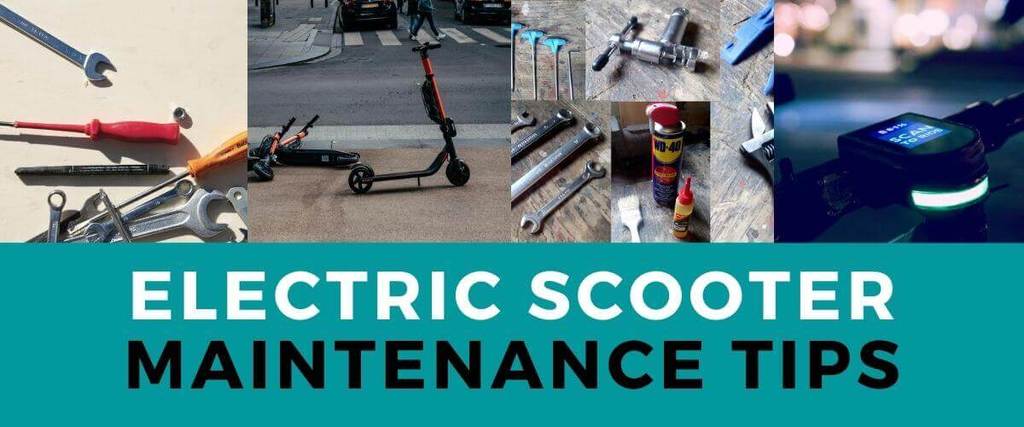
Electrical System
The electrical system plays a vital role in the overall functioning of an electric scooter. Regular inspection and maintenance are necessary to ensure its reliability.
Checking Electrical Connections
Inspect all the electrical connections of your electric scooter, including the battery terminals, wiring, and connectors. Ensure they are clean, secure, and free from any corrosion or damage. Loose or corroded connections can lead to electrical failures or poor performance. If any issues are detected, address them promptly.
Testing Lights and Signals
Proper lighting and signaling are crucial for your safety while riding an electric scooter. Regularly test the headlights, taillights, turn signals, and brake lights to ensure they are functioning correctly. Replace any faulty bulbs or components as necessary, and consult the manufacturer’s guidelines for the appropriate replacement procedure.
Replacing Fuses
In the event of an electrical overload, fuses protect the electrical system of your electric scooter. If any electrical components stop working, it may be due to a blown fuse. Regularly inspect the fuses and replace any that are blown with new ones of the same rating. Follow the manufacturer’s instructions for the correct fuse replacement procedure.
Motor and Drivetrain
The motor and drivetrain are essential components of your electric scooter. Regular maintenance will keep them in optimal condition.
Lubrication of Moving Parts
Proper lubrication of the motor and drivetrain ensures smooth operation and reduces wear. Consult the manufacturer’s guidelines for the recommended lubrication points and use the appropriate lubricant. Apply lubricant to the designated areas regularly or as specified by the manufacturer.
Replacing Drive Belt
The drive belt transmits power from the motor to the wheels. Over time, it may become worn or damaged, affecting the scooter’s performance. Regularly inspect the drive belt for signs of wear, cracking, or stretching. If any issues are detected, replace the drive belt following the manufacturer’s instructions.
Motor Inspection
Inspect the motor periodically for any signs of damage or unusual noises. If you notice any issues, such as excessive heat, grinding sounds, or decreased performance, consult a professional for further inspection and repair. Regular motor inspections help identify problems early on and prevent potential breakdowns.
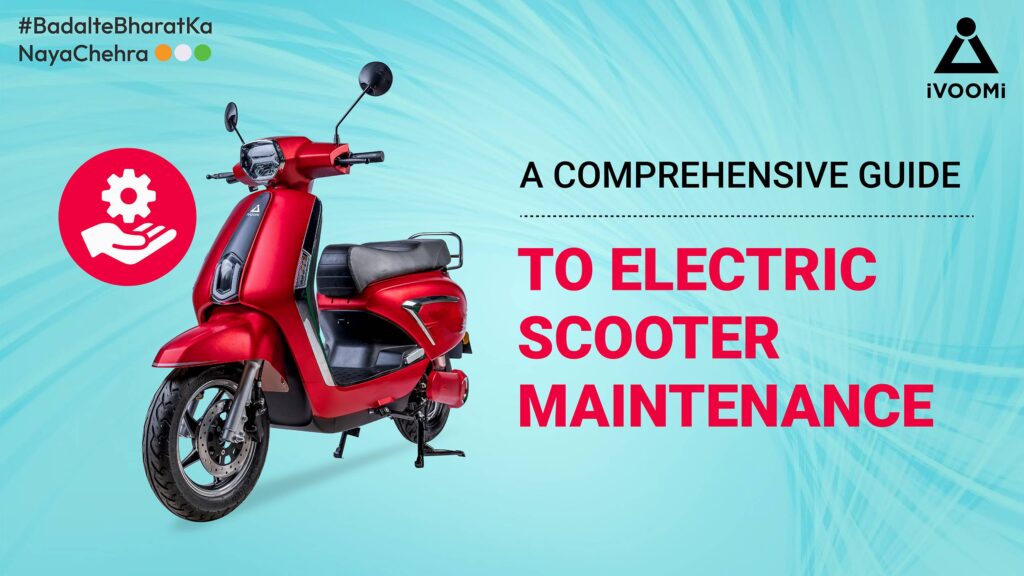
Suspension and Steering
The suspension and steering system greatly impact the comfort and maneuverability of your electric scooter. Regular maintenance will ensure optimal performance.
Checking Shock Absorbers
Inspect the shock absorbers regularly for leaks, damaged seals, or loose connections. Properly functioning shock absorbers provide a smoother ride by absorbing bumps and vibrations. If any issues are detected, consult the manufacturer’s guidelines or a professional for repair or replacement.
Greasing Steering Components
Properly greased steering components ensure smooth and responsive steering. Regularly inspect the steering components, such as the handlebar, stem, and bearings. Apply lubricant as necessary, following the manufacturer’s recommendations. Additionally, ensure that all fasteners are tightened securely.
Wheel Alignment
Proper wheel alignment is crucial for optimal handling and even tire wear. Regularly check the alignment by visually inspecting the wheels. If there is an obvious misalignment, consult the manufacturer’s guidelines or a professional for adjustment. Correct wheel alignment enhances safety and ensures a more comfortable riding experience.
Frame and Body
The frame and body of your electric scooter contribute to its overall durability and appearance. Regular inspection and maintenance will help keep it in good condition.
Inspecting for Corrosion
Regularly inspect the frame and body of your electric scooter for any signs of corrosion. Look for areas where the paint may be chipped or scratched, as these are more prone to rusting. If any corrosion is detected, address it promptly to prevent further damage. Clean the affected area, apply a rust inhibitor, and touch up the paint if necessary.
Checking for Loose Bolts
Vibrations and regular use can cause bolts and fasteners to become loose over time. Regularly check all the bolts and fasteners on your electric scooter and ensure they are properly tightened. Pay special attention to areas like the handlebar, stem, and fenders. Tightening loose bolts will prevent unnecessary rattling and potential safety hazards.
Repairing Scratches or Dents
While scratches and dents may not affect the performance of your electric scooter, they can detract from its overall appearance. Regularly inspect the exterior for any minor scratches or dents. Depending on the severity, you may be able to address them with touch-up paint or specialized repair kits. For more significant damage, consult a professional repair service.
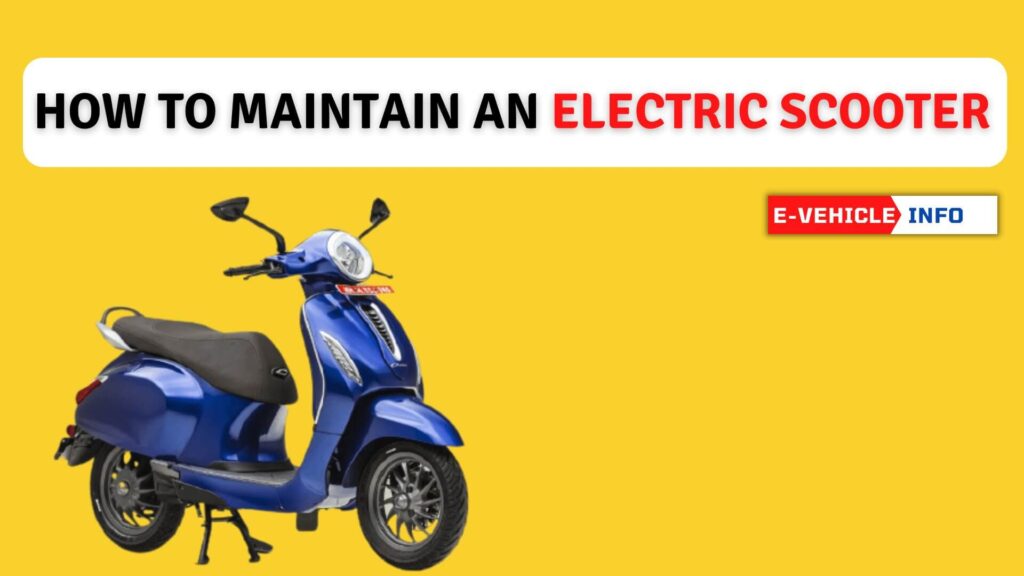
Safety Equipment
Safety should always be a top priority when riding an electric scooter. Regularly inspect and maintain your safety equipment to ensure maximum protection.
Helmet Inspection
Inspect your helmet regularly for any signs of wear, damage, or deterioration. Check the straps, buckles, and internal padding to ensure they are intact and functioning correctly. If any issues are detected, replace the helmet immediately to maintain optimal head protection.
Reflectors and Visibility
Proper visibility is crucial for safe riding, especially during low-light conditions. Regularly clean and inspect the reflectors on your electric scooter, ensuring they are clean and securely attached. Consider adding additional reflective stickers or accessories to enhance your visibility to other road users.
Checking Emergency Switches
Electric scooters often come equipped with emergency switches or kill switches. These switches are designed to immediately cut off power in case of an emergency or malfunction. Regularly test and inspect these switches to ensure they are working correctly. If any issues are detected, consult the manufacturer’s guidelines or a professional for repair.
Regular Servicing
While regular maintenance can be performed by the scooter owner, there are instances where professional servicing is necessary to ensure optimal performance and safety.
Scheduled Maintenance
Refer to the manufacturer’s guidelines for the recommended maintenance schedule for your electric scooter. This may include specific tasks to be performed at certain intervals, such as battery checks, brake adjustments, or motor inspections. Adhering to the scheduled maintenance will help keep your scooter in peak condition.
Professional Tune-ups
Consider scheduling professional tune-ups for your electric scooter at regular intervals. Experienced technicians can conduct a comprehensive inspection, address any potential issues, and perform necessary adjustments or repairs that may require specialized tools or expertise. Professional tune-ups help ensure your scooter is operating at its best.
Warranty Requirements
If your electric scooter is under warranty, be sure to familiarize yourself with the manufacturer’s warranty requirements. Regular maintenance, such as inspections and servicing, may be necessary to maintain the warranty coverage. Failure to comply with these requirements may void your warranty, so it’s essential to adhere to the specified guidelines.
Maintaining and caring for your electric scooter is not only essential for its performance and longevity but also for your safety and enjoyment while riding. By following the recommended cleaning and inspection procedures, performing regular maintenance tasks, and addressing any issues promptly, you can ensure that your electric scooter remains in optimal condition for years to come. Happy riding!
